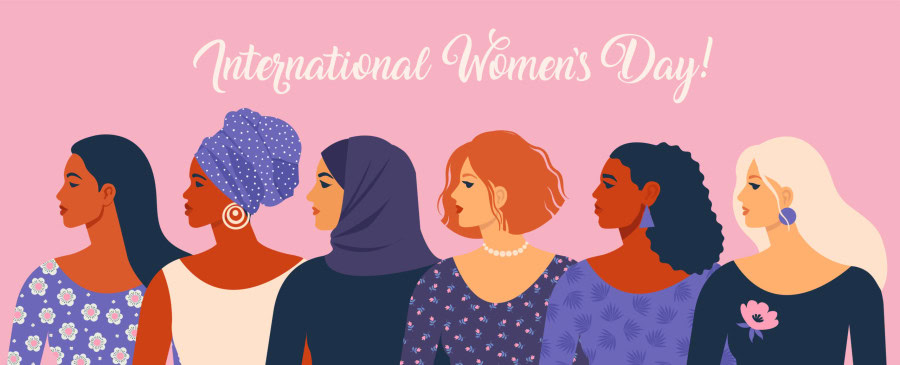Every year on the 8th of March, International Women’s Day is celebrated across the globe. The first International Women’s Day is reported to have taken place in 1911, with more than a million women and men attending rallies campaigning for women’s rights to work, vote, be trained, hold public office and end discrimination.
This day is dedicated to the recognition of female achievement and a call to action encouraging everyone to stand for women’s rights and gender equality.
But what is gender equality, and how can we achieve a world unmotivated by gender bias and segregation?
Gender Equality
Gender equality means everyone is granted the same rights, privileges and access to opportunities regardless of their gender. Achieving such a world where everyone is equal, regardless of their biological make-up, is a demanding task to undertake.
Throughout history, women had to fight hard for the freedom and rights they enjoy today.
If we look back a century or two, women did not have the right to vote, stand in parliament, receive proper medical attention, have rights in family inheritance, access their legal support, get paid like men, and the list goes on.
The world was very different from what it is today.
So, how did things turn around and women started enjoying the opportunities that they do today?
The Change
The change did not happen overnight. It was a slow and tiresome process. It happened gradually and took a lot of sincere sacrifices and tireless efforts of both women and men fighting together for what was right.
In the late 19th century, the fight for women’s suffrage started gaining momentum. Only men had the right to vote till this time. This meant that all the political decisions were taken by men including those that only affected women.
As time went by, women started getting frustrated and annoyed by their lack of representation and failed attempts to achieve universal suffrage. This enabled them to respond to the gender bias in the political sphere by forming the Women’s Social and Political Union in 1903.
The establishment of this union encouraged stronger activism which led to years of protests, rallies and strikes with women being injured, arrested and jailed, and some even losing their lives in the fight for equal political representation and universal suffrage.
Then came the First World War in 1914, and those protesting for universal suffrage shifted their campaign towards a more active women’s involvement in the war. The devastation caused by the war brought everyone together, and attitudes began to change.
Women actively took on responsibilities and jobs that they were previously excluded from.
In the United Kingdom, in 1918 Representation of the People Bill was passed giving only a few restricted groups of women the right to vote.
But the huge blow to the stereotypical patriarchy, that all men and selected women could vote, was struck in 1928 when Equal Franchise Act was passed from the same parliament giving all women, over the age of 21 the right to vote.
The importance of the right to vote is instrumental in creating an unbiased society globally that is not motivated by stereotypical ideologies.
Once women were able to vote, the wheel towards attaining an equal world free of toxic stereotypes started rolling at full speed. Soon more rights, like access to greater opportunities, fairer pay and working rights, followed.
So, it is safe to say that women and like-minded men paid a huge price to achieve an equal ground for all. We are fortunate to live in a time and place where incredible opportunities are in abundance.
What can we do today?
However, the job is yet to be completed. What started with the equal suffrage movement has not yet reached its final destination; that is an ‘equality-for-all-regardless-of-gender’ world.
For this purpose, this year’s theme for International Women’s Day, #BreakTheBias, has been chosen with careful deliberation to break the shackles of stereotyping and uncalled-for bias against women. It calls for a world free of bias, stereotypes and discrimination where women can move ahead.
Knowing that #bias exists isn’t enough. We all need to take action to #BreakTheBias 🙅♀️ So if you're looking for #IWDresources to guide your #InternationalWomensDay activity, download the #IWD2022 @LeanInOrg toolkit to help drive change 👉🏽 https://t.co/JiBvd40ET7 pic.twitter.com/Q9ssWNbSdP
— Women's Day (@womensday) March 6, 2022
It recognises that action is needed to create a world that is gender-equal and supports those who wish to strengthen the campaign by playing a part in helping create a more diverse and inclusive future.










